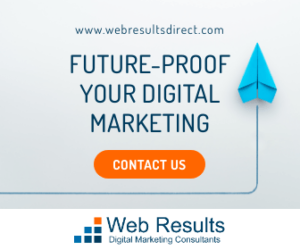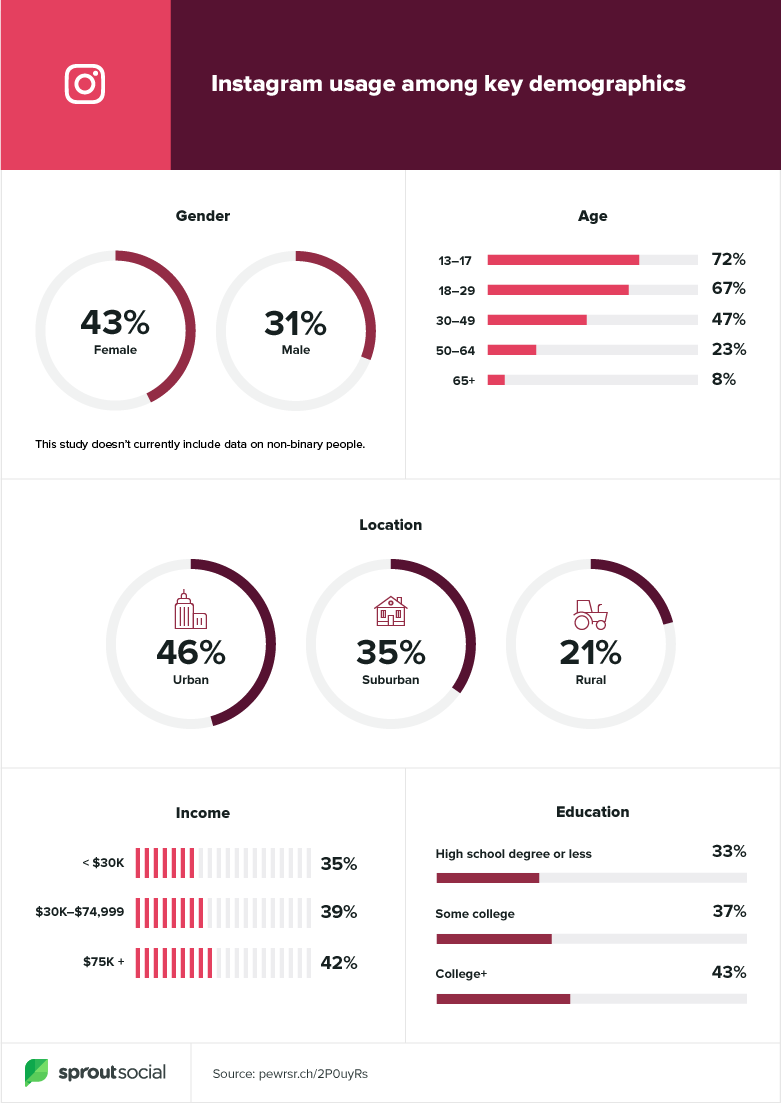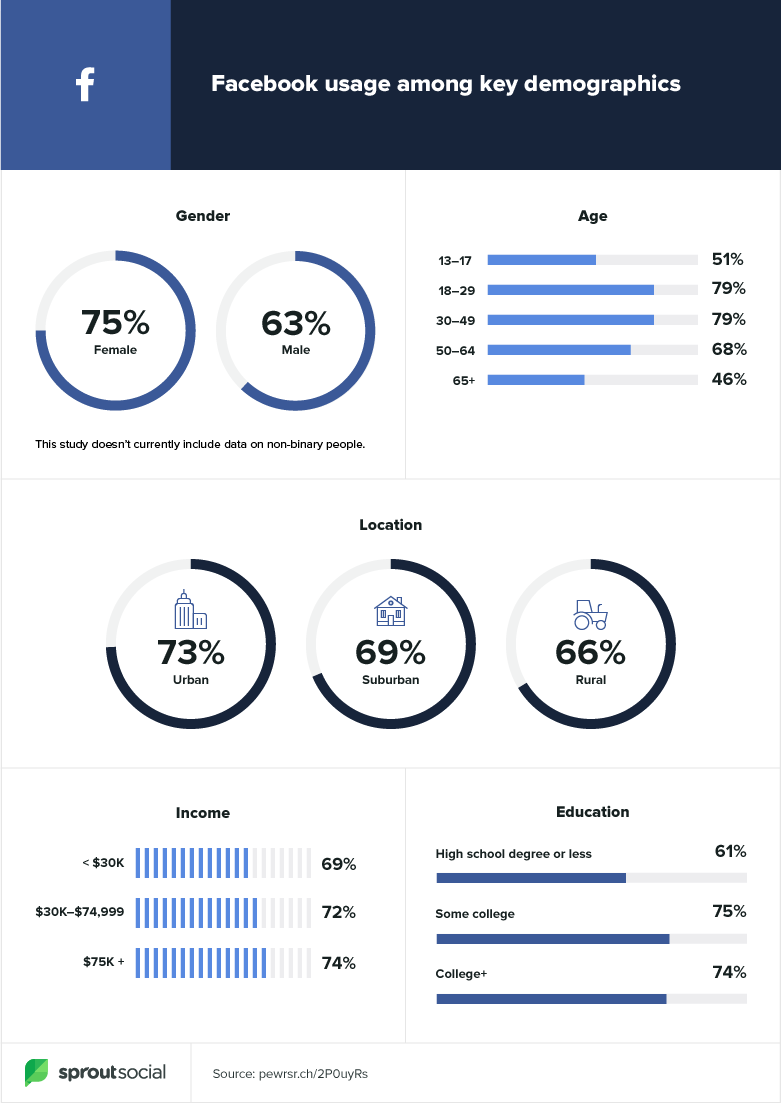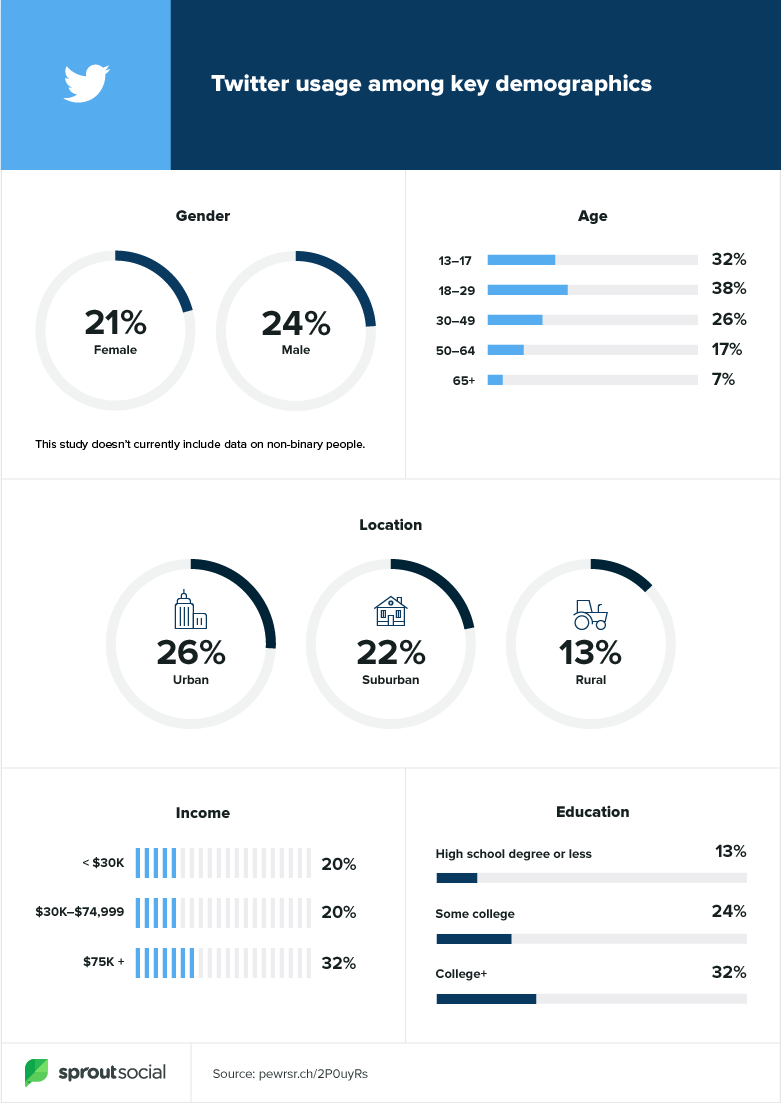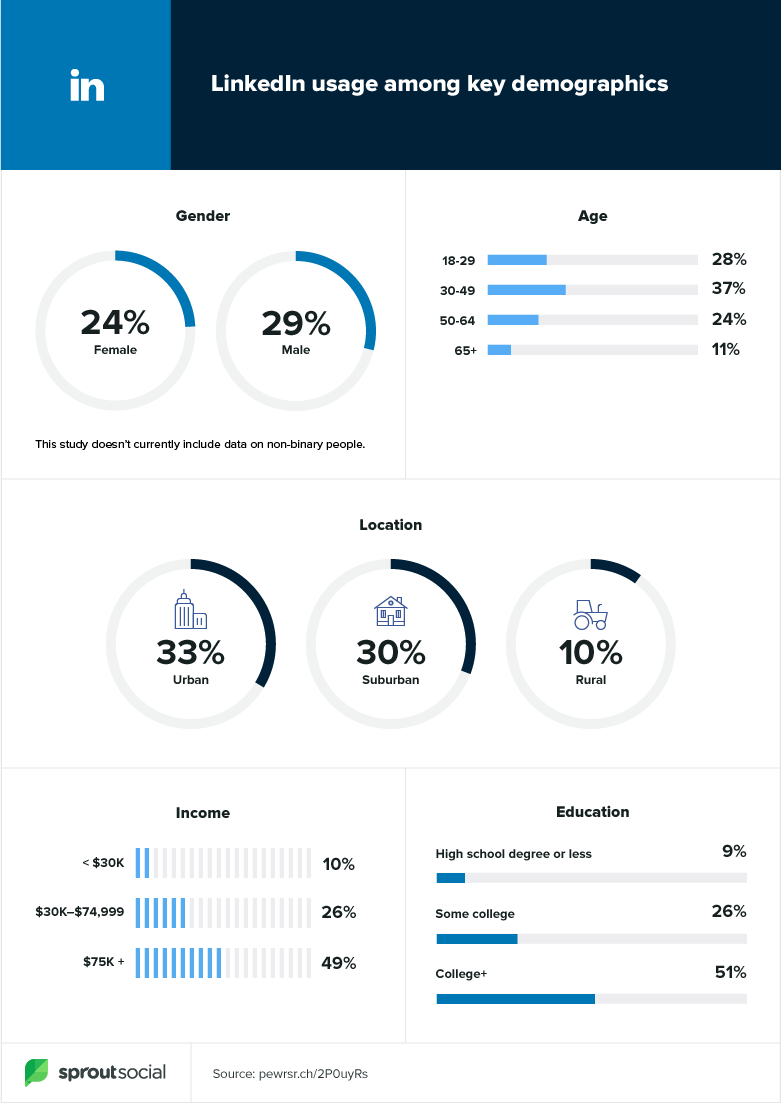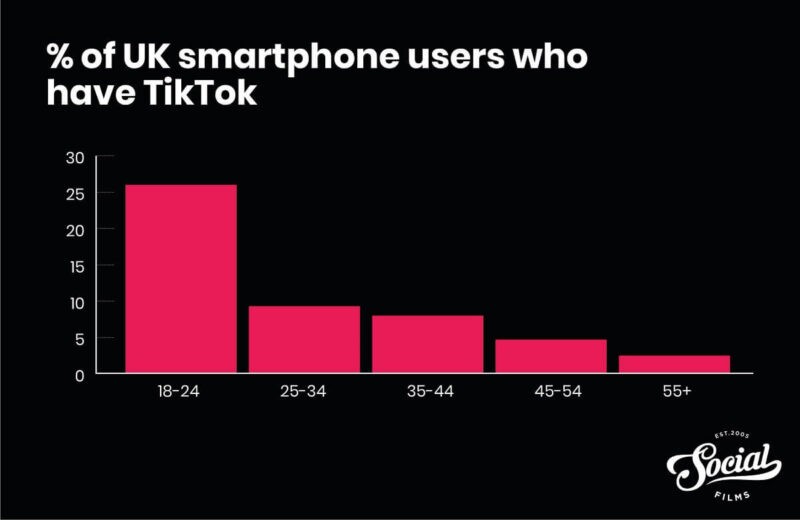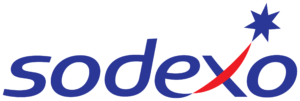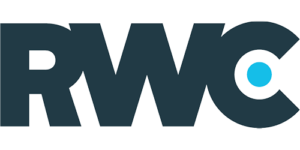Alternative Ad Platforms to Google – Should you be using them?
What is an Ad Platform?
An ad platform is a piece of technology made with the intention of monetizing online traffic.
This online traffic can take a number of different forms, from users seeking a product or service, to entertainment or online social interactions.
Ad platforms make money, put simply, through their users’ attention and engagement. They provide businesses with a group of individuals to market their products or services to dependent on the users’ previous actions, search keywords, demographics and much more. The greater the data they have on their users, the more appealing they become to potential customers (businesses looking to invest in ads) allowing them to be incredibly specific with their targeting.
About the Google Ads Platform
Google Ads is certainly one of the most well-known ad platforms nowadays. The platform (previously known as “AdWords”) was first unveiled back in October 2000 and revolutionised online advertising.
The very first self-serve ad platform has come a long way since its birth and is now worth an estimated $134.81 billion.
Google’s continuous innovation into the advertising space, paired with their user-friendly platforms and huge market share of internet users are just a couple of the reasons why Google Ads has seen such incredible growth over the past 20 years.
Popular Ad Formats available via Google Ads
Search campaigns – Using this ad format your text ads will be displayed to people when they search on Google for the products or services that you offer. Google also offer a remarketing option for search, allowing you to target users who have already visited your website.
Display campaigns – This ad format allows you to reach people with visual imagery, displayed on millions of third-party websites across the internet. As with search campaigns, you are able to set up display remarketing campaigns, targeting users who have already taken specific actions on your website.
Video campaigns – This feature allows businesses to display video ads on YouTube and on other websites.
Shopping campaigns – These product ads are shown in search results and in the Google Shopping tab.
App campaigns – This campaign type helps to increase the number of new users on an app and encourage app downloads using this ad format.
So, what are the alternative ad platforms to Google?
Social Ad Platforms – Alternatives to Google Ads
Due to the large volumes of data social platforms have on their users, leveraging social ads can often be a great way to build awareness with your target audience.
From age, gender, location, household income, interests and much more, you are able to really hone in on your customer profile using variations of ad formats across social networks such as the ones listed below.
Facebook & Instagram’s Ad Platforms
As alternative ad platforms to Google go, Facebook and Instagram are fairly large competitors. Both Facebook and Instagram ads can be managed from Facebook’s Ad Manager, making them a great option should you wish to run ads on more than one platform with slightly less management and set up time required than if you engaged two separate platforms.
The Ad Manager tool is, for the most part, user-friendly and relatively straightforward if you are wishing to set up a broad campaign, however, should you wish to dive deeper into your audience targeting etc., you may wish to seek support from an experienced ad manager.
These platforms have a combined 3.6 billion active accounts, providing endless opportunities in your advertising endeavours to harness the power of the social media giants and use them to your advantage.
Facebook’s ad platform also allows advertisers to add Custom Audiences, meaning they can target people who have already expressed an interest in the business’ offering.
Between the two platforms, you are able to choose from a selection of ad formats, from image and video ads to slideshows, carousels and more. You are also able to target your audience in their feeds, between stories, in their inboxes, in-stream videos etc…. You can find out more about the options available to you here.
Best suited to: Businesses across all sectors wishing to grow their following and improve brand awareness
Twitter’s Ad Platform
In 2019, Twitter reported an average of 330 million monthly users logging in to tweet from across the globe.
One of the larger differences between Twitter and Facebook’s Ad platforms is that Twitter allows advertisers to target their ads using keywords.
With this feature, you are able to target people who have shown specific intent such as using your chosen keywords within an update or hashtag.
Whilst Twitter doesn’t offer a custom audience option in the same way Facebook does, it does allow you to target every user who follows a particular account, creating your own “Tailored Audience”.
You can also expect to pay less per click on Twitter than on Facebook and Instagram – generally speaking.
Twitter offers huge variety in ad formats, from promoted tweets, images and gifs, to videos, website cards, tweet to unlocks, direct message cards, brand reminders and more. You will be able to find out more in regards to the options you have available when using twitter as an alternative ad platform to Google here.
Best suited to: Businesses wishing to target under 50s (80% of their users).
LinkedIn’s Ad Platform
As of 2019 LinkedIn had amassed more than 675 million users logging in each month to browse, network and learn from others.
LinkedIn is different from the likes of Facebook and Instagram with a significantly more professional focus and consequently performs especially well as a channel in the B2B space.
In fact, according to Hootsuite, 94% of B2B marketers use LinkedIn for content marketing.
LinkedIn allows advertisers to target their audience by location, company name, industry, company size, company growth rate, age, gender, education, job experience, groups, interests and much more. You can find the full list of targeting options here.
The ad platform is user friendly and also allows you to create matched audiences by uploading a contact list as well as retargeting users who took particular actions on the platform such as viewing your video ad or opening your lead gen form.
In terms of pricing, you will probably find that LinkedIn ads come in slightly above some of the other alternative ad platforms we have mentioned, but dependant on your business could generate more valuable leads based on our experience of patterns we have seen within the B2B space.
LinkedIn offers a number of ad formats along similar lines as the other ad platforms, including sponsored posts, sponsored in-mail, dynamic ads, text ads and more. You can find the full list of options here.
Best suited to: B2B businesses looking to build awareness of products or services and generate leads within their specific target audience.
TikTok’s Ad Platform
As one of the most downloaded apps of 2020 with more than 800 million monthly users, TikTok is one of the fastest emerging social media platforms of the year. The average daily time spent on the app is 41 minutes with the largest share of users being between 18 and 24 years old.
TikTok’s Ad Platform “TikTok for Business” is a potential alternative ad platform to Google for businesses wanting to reach a slightly younger demographic.
TikTok ads aren’t yet quite as popular as Facebook or Instagram as an alternative ad platform to Google, but they do offer a fantastic opportunity for businesses looking to widen their reach in a creative and visual way.
Should you opt for TikTok ads, you will be able to target your audience by gender, location, age, interests and other unique variables.
The ad platform offers five types of ad format at present, including in-feed, brand takeovers, top view, branded hashtag challenge and branded effects.
TikTok currently has a minimum daily budget in place, sitting at £38.91 for campaigns and £15.56 at ad group level.
Best suited to: Businesses that are looking to reach a very young demographic (under 24s primarily).
Ecommerce Ad Platforms – Alternatives to Google Shopping
Amazon’s Ad Platform
Throughout 2019, Amazon dominated 30% of the UK eCommerce market with an estimated average of 451 million visits each month from across the globe.
In 2018, Amazon launched “Amazon Advertising” (previously known as Amazon Marketing Services or AMS) as an advertising solution for their vendors.
Nowadays, the web giant only allows ads for products and vendors that are already selling on the website, but this hasn’t put advertisers off, with Amazon’s ad revenue set to grow by 23.5% despite the pandemic.
The ad platform itself is a little more complicated than the likes of Facebook, Twitter and LinkedIn, however, with some research and the support of an Amazon ad whizz if you have access to one, you should be ready to go.
Something that both Google Ads and Amazon Advertising have in common is that you are able to reach users who are already showing interest in the product you provide.
In terms of cost per click, the average price tends to sit around 40p, this will however vary dependant on the competition.
Amazon Advertising offers sponsored products, sponsored brands, sponsored display ads and stores. You can find the full rundown on their offering here.
Our paid media team believe this is an alternative ad platform to Google that is likely to explode over the coming years following the COVID-19 pandemic and people moving their purchasing online. So, this is certainly an option to bear in mind should you wish to get ahead of your competitors and become established on such a popular eCommerce platform.
Best suited to: Ecommerce businesses who wish to place themselves prominently in front of people already browsing similar products.
Other Search Engine Ad Platforms – Alternatives to Google Search Campaigns
Bing’s Ad Platform – Microsoft Advertising
The last alternative ad platform to Google we want to share with you is Bing, now known as Microsoft Advertising.
Bing sees more than 7.4 billion searches each month and whilst this isn’t quite as many as the likes of Google, there is still a significant audience here that many brands simply forget to market to.
The Microsoft Ads platform is similar to that of Google and even allows you to import campaigns directly from Google Ads should you wish to do so.
These capabilities paired with often lower click costs make Microsoft Ads the perfect alternative ad platform to Google for smaller businesses looking to spend less or perhaps aiming for total SERP domination by maximising reach using both platforms.
Microsoft offers seven different ad types including expanded text ads, dynamic search ads, product ads, audience ads among others which you can view here.
Best suited to: Businesses looking to spend a little less and appear in SERPs and/or businesses looking to maximise reach.
We hope this overview of some of the alternative ad platforms to Google has been helpful. If you have any additional questions around which ad platform would be most suited to your business then please do not hesitate to get in touch with a member of our PPC management department who will be more than happy to advise you of your options.


